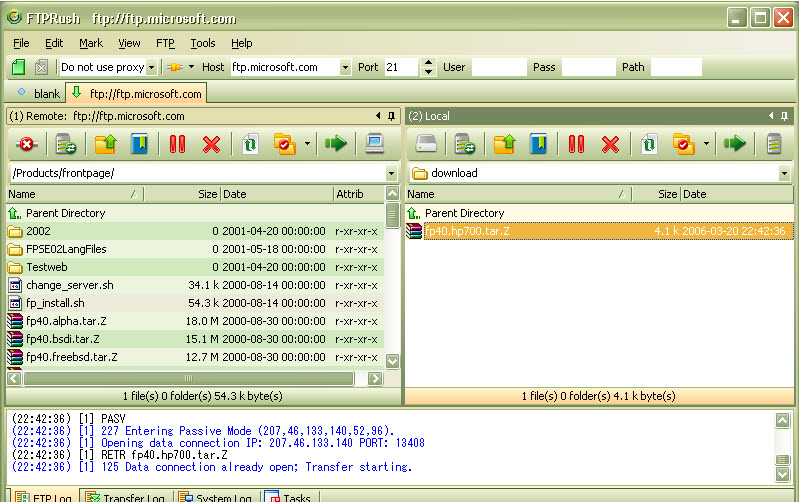
Touch was created to modify file timestamps, but it can also be used to quickly create an empty file. Try a few different editors out and find one that works for you!Ĭreating and Deleting Files and Directories vi(m) and emacs have more features than nano and nedit, but they have a much steeper learning curve. Some cool ones that I've played around with (and can endorse) include Micro, Light Table, and VS Code.Īll modern editors offer basic conveniences like search and replace, syntax highlighting, and so on. Other common CLI (command-line interface) / GUI (graphical user interface) editors include emacs, vi, vim, gedit, Notepad++, Atom, and lots more. I use nedit sometimes when I want to make small changes to a script and re-run it over and over. Nedit is a small graphical editor, it opens up an X Window and allows point-and-click editing, drag-and-drop, syntax highlighting and more. It was more than sufficient for me for the first few years of my coding career (I'm only now starting to look into more powerful editors, mainly because defining your own syntax highlighting in nano can be a bit of a pain.) It's a great editor for beginners or people who don't want to learn a million shortcuts. Nano is a minimalistic command-line text editor. (Yes, there is a command called more, but less - unintuitively - offers a superset of the functionality of more and is recommended over it.) Learn more (or less?) about less and more at their man pages. Less is another tool for quickly viewing a file - it opens up a vim-like read-only window. Print the user's working directory with pwd:Įnter fullscreen mode Exit fullscreen mode When working within a filesystem, the user is always working within some directory, which we call the current directory or the working directory. Some filesystems have multiple root directories (like Windows' drives: C:\, A:\, etc.), but Unix and Unix-like systems only have a single root directory called \. Traversing backwards through the file tree (from child directory to parent directory) will always get you to the root directory.

Modern filesystems have directory (folder) trees, where a directory is either a root directory (with no parent directory) or is a subdirectory (contained within a single other directory, which we call its "parent"). Directory Trees, Disk Usage, and Processesįirst Commands, Navigating the Filesystem.


If you think you know everything there is to know about bash, take a look below anyway - I've included some tips and reminders of flags you may have forgotten about, which could make your work a bit easier. I've acquired a general understanding of how bash works over the past six or seven years and would like to give an overview of some of the more common / useful commands for those just getting started. On both of those OSes, bash is my default shell.

Until about a year ago, I worked almost exclusively within the macOS and Ubuntu operating systems. If you're interested in learning some shell commands - and you parler français, it's a great supplement to my article, below.
#Filezilla linux script update#
Update 8 July 2019: I recently found this very similar article posted to a French-language message board about two years ago. If you're aware of translations of this article to other languages, please let me know and I'll post them here. Please check out their work by following the link below. Update : This article is now available in Japanese, thanks to the hard work of ラナ・クアール.


 0 kommentar(er)
0 kommentar(er)
